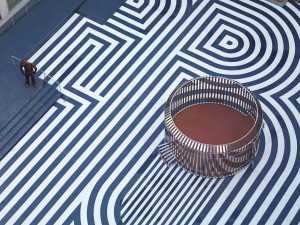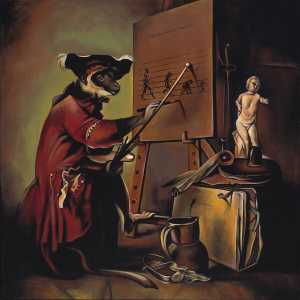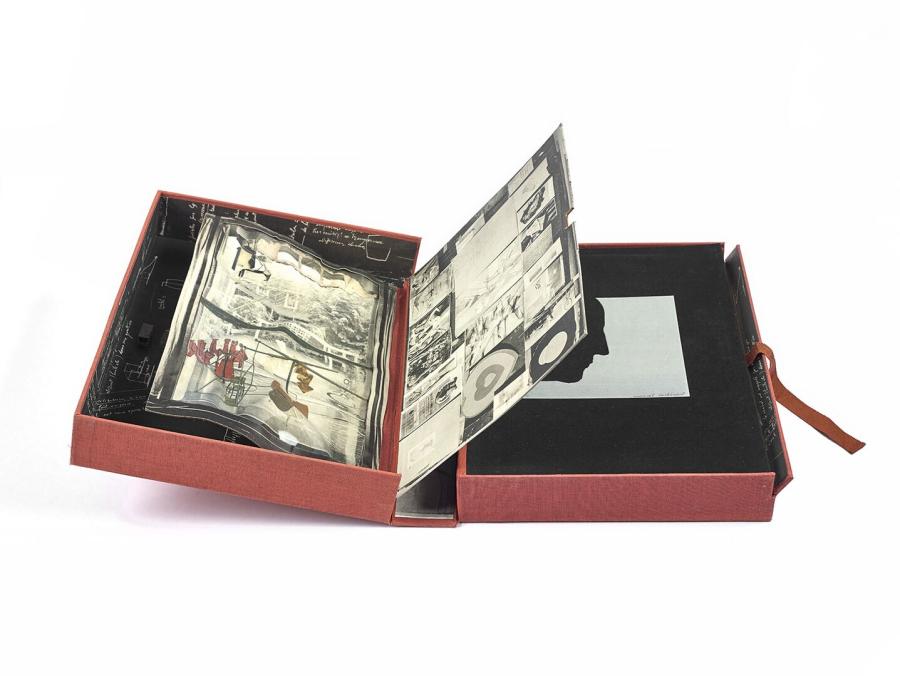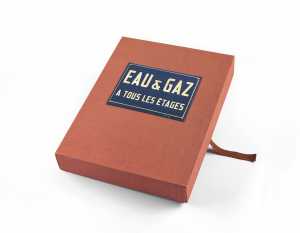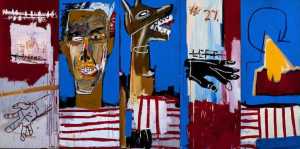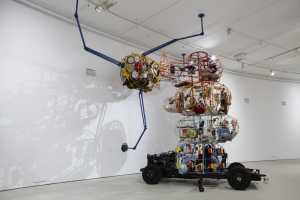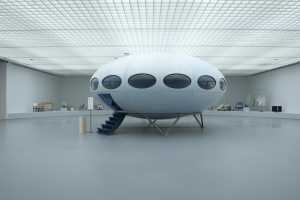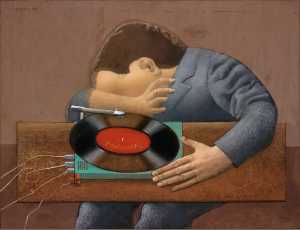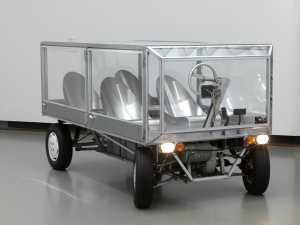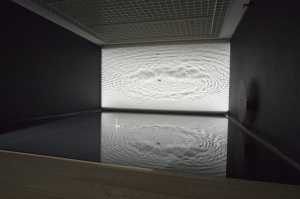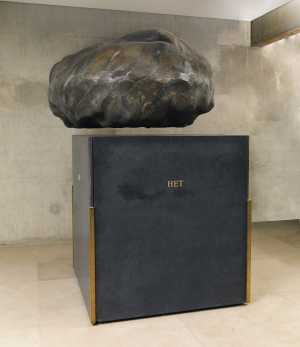Specifications
| Title | Eau et gaz, à tous les étages |
|---|---|
| Material and technique | Cardboard, linen, gelatin silver print on fibre-based paper, hand coloured, plastic, paper on velvet and offset on paper |
| Object type |
Book
> Forms of information and communication
> Utensil
|
| Location | This object is in storage |
| Dimensions |
Height 35 cm Length 26,5 cm Width 5,5 cm |
|---|---|
| Artists |
Designer:
Marcel Duchamp
Publisher: Robert Lebel : Editions Trianon |
| Accession number | MB 1991/6 a-b (MK) |
| Credits | Purchase Stichting Fonds Willem van Rede. On permanent loan from the Cultural Heritage Agency of the Netherlands, 1991 |
| Department | Modern Art |
| Acquisition date | 1991 |
| Creation date | in 1959 |
| Collector | Collector / W. van Rede |
| Provenance | Galerie Ronny Van de Velde, Antwerp |
| Exhibitions | London 1966*; Rotterdam 1996a |
| Research |
Show research A dream collection - Surrealism in Museum Boijmans Van Beuningen |
| Literature | Mink 1995, p. 90; De Jonge 1995, p. 31; New York 1999, p. 189, fig. 212; Naumann 1999, pp. 189, 190, 192, 193; Schwarz 2000, p. 814, cat. no. 560 |
| Material | |
| Object | |
| Technique |
Gelatine silver print
> Bromide print
> Photographic printing technique
> Mechanical
> Planographic printing
> Printing technique
> Technique
> Material and technique
Offset print
> Mechanical
> Planographic printing
> Printing technique
> Technique
> Material and technique
|
| Geographical origin | France > Western Europe > Europe |
Do you have corrections or additional information about this work? Please, send us a message



